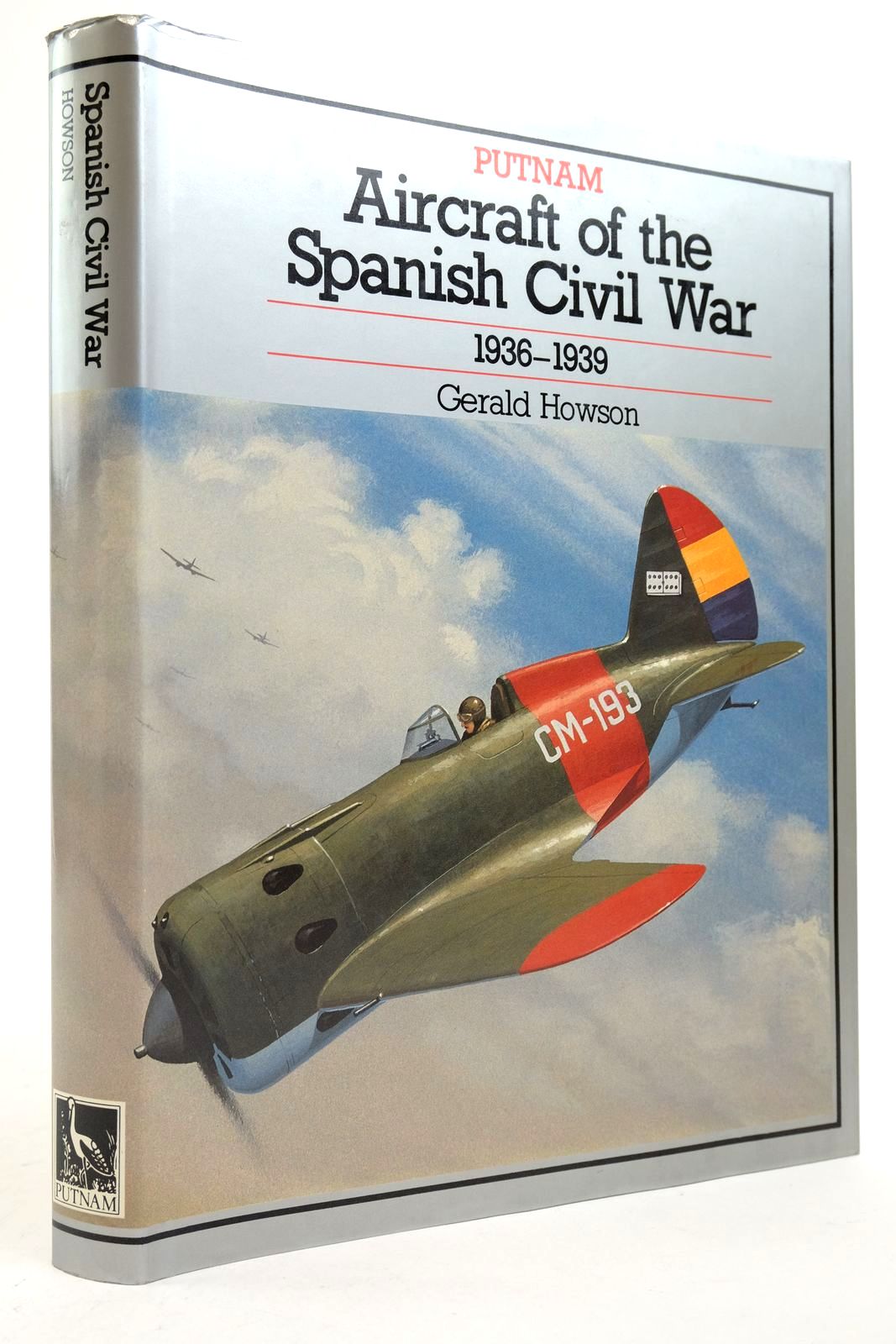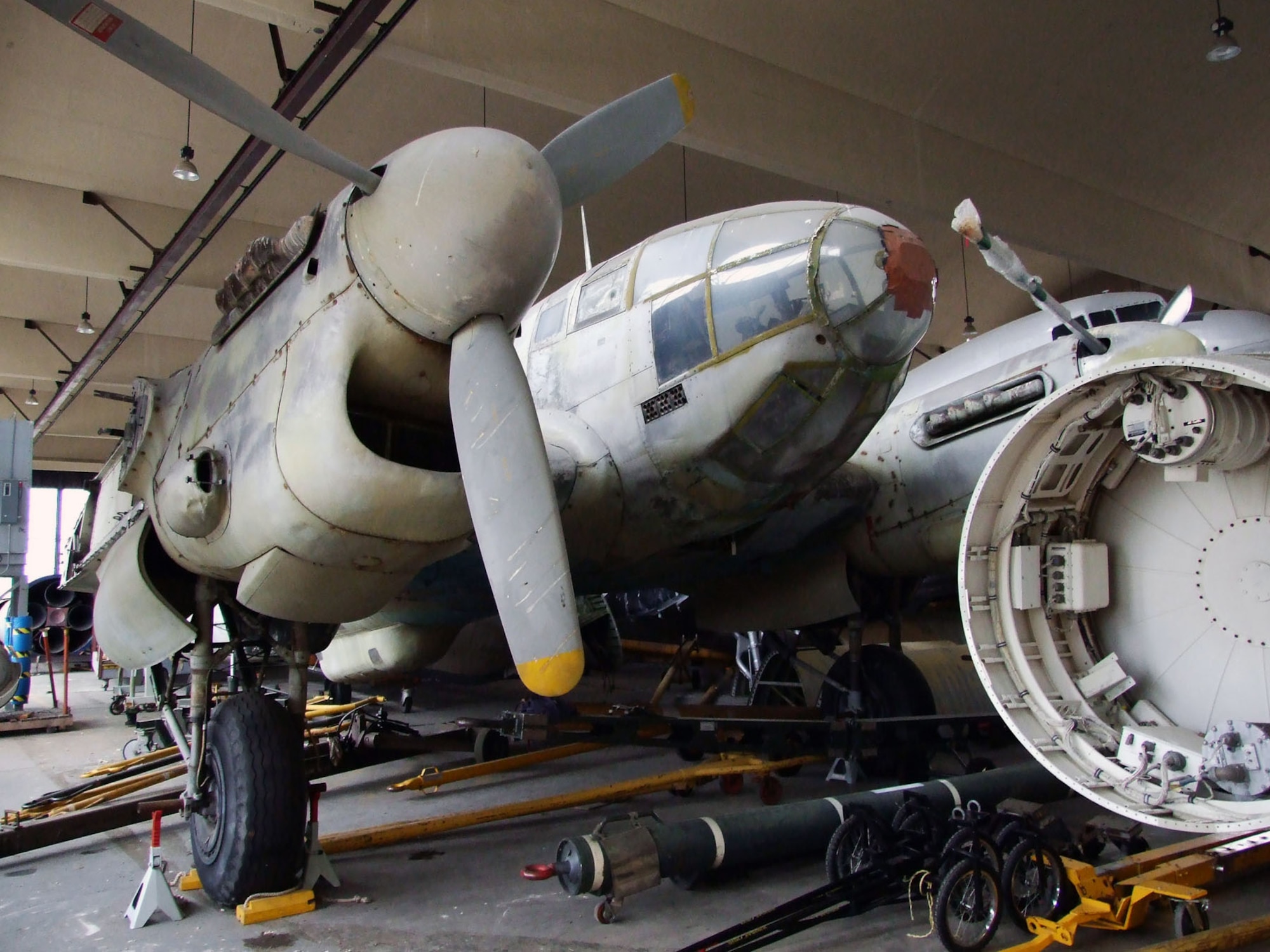Aircraft Spanish Civil War - This story needs more quotes to confirm. Please help improve this article by adding citations to reliable sources. Removal of non-original material may be challenged. Find source: "Aviazione Legionaria" - news · newspaper · book · scholar · JSTOR (December 2008) (Learn how and by whom to remove this template message)
The Air Force (Italian: Aviazione Legionaria, Spanish: Aviación Legionaria) is an expeditionary unit of the Italian Air Force established in 1936. It was to provide logistics and logistics for the Nationalist movement after the Spanish coup in Spain. July 1936, which marked the beginning of the Spanish Civil War.
Aircraft Spanish Civil War

The Corps and its Nazi German ally, the Condor Legion, fought against the Spanish Republic and supported the Italian army Corpo Truppe Volontarie. They operated from August 1936 until the crisis, in March 1939. Their main operating base was Mallorca, in the Balearic Islands.
Aircraft Of The Spanish Civil War
At the outbreak of the Spanish Civil War in July 1936, Francisco Franco, the leader of the rebel forces in Spanish North Africa, had about 30,000 Moroccan troops under his command, along with several artillery units. On July 24, 1936, Franco returned to the Italian Embassy in Tangiers, then turned to Major Luccardi, a military officer at the Italian Embassy.
Through them, Franco tried to convince Bito Mussolini to send twelve transport planes, twelve spy planes, t fighter planes, 3000 air bombs, anti-aircraft machine guns and at least forty-five ships. At first, Mussolini was reluctant to accept them, despite his sympathy for Franco, but under pressure from his brother-in-law, Galeazzo Ciano, he changed his mind on July 25. Meanwhile, Ciano met with representatives of the Kingdom of Spain to arrange the shipment of about thirty airplanes and other equipment, which will arrive on August 2, which will be operated by the French government.
On July 27, Mussolini ordered the secretary general of the Regia Aeronautica, Geral Giuseppe Valle, for sd 12 three-engine Savoia-Marchetti SM.81 bombers with suitable personnel and experts for Franco. They will form the first group, known as Aviación del Tercio,
And they left at dawn on July 30 from Cagliari - Elmas in Sardinia, where they picked up three officers from the Scuola di Navigazione di Altura di Orbetello, gerarca Ettore Muti, and lieutenant colonel Ruggero Bonomi.
Spanish Civil War, Italian Aircraft Bomb Republican Positions In Spain, Foto De Stock, Imagen Derechos Protegidos Pic. Iam Wha 064 0388
The crew and specialists were all volunteers from 7, 10 and 13 Stormo and were given civilian clothes and fake documents. All Italian symbols on the plane were removed to avoid international tensions with European governments that support the Republic. The fake document revealed that the plane was sold to Spanish journalist Luis Bolin.
Not all Italian planes helped the rebels reach Morocco since Angelini's plane crashed in the Mediterranean, Mattia crashed near Saida in French Morocco, and Lo Forte made an emergency landing near Berkane (also in Frch). Morocco) and the local authorities arrested him. The nine survivors of the Moroccan accident were given passports and transported to the airport in Tetuan where, in the following days, they helped the cargo ships Araujo, Ciudad de Alicante and Ciudad de Ceuta. Together they took 4,000 m, four artillery batteries, two million rounds of ammunition and 12 tons of other weapons of war to Spain.
Emboldened by the success of this first operation, Mussolini began to mount a large group of weapons, personnel and supplies under the name Aviación Legionaria or Aviazione Legionaria.
After the military offensive, the Aviazione Legionaria carried out several bombing raids on cities behind the Spanish Republican Party. It was meant to intimidate civilians into surrendering. The most important event was the bombing of Madrid in 1936, ordered by Geral Franco, where the residential areas of the city were subjected to heavy bombing except for the prestigious district of Salamanca. , which is believed to have many nationalist supporters. Three Italian bombers hit the Rteria Bridge outside the town of Guernica.
Republican I 16 Manned By Soviet Pilots Image
Before bombing the Condor Legion in Guernica itself on April 26, 1937, continued the attack on Almeria.
In 1938, Italian aircraft carried out most of their bombing operations by attacking the cities of Barcelona, Alicante, Granollers and Valcia, and the railway station of Sant Vicç de Calders in 1938 and Xàtiva in 1939. With total attacks. 728 attacks on Mediterranean cities, the Aviazione Legionaria dropped 16,558 bombs and lost many lives.
On May 12, 1939, the last Italian airship to leave Italy aboard Duilio di Cadiz. During the conflict, the Aviazione Legionaria participated in a total of 135, 265 hours of flying time on 5, 318 missions, dropped 11, 524 bombs and destroyed 943 units of aircraft and ships 224. 171 Italian officers were killed and 192 wounded, while 74. fighters, 8 bombers , two ground attack planes, and two spy planes were shot down or destroyed.
The comparison of the results if m and the missing engine was positive but it also proved the commander of the Regia Aeronautica wrong in their belief that biplanes and triplanes were effective in modern warfare. In fact, the era of warfare dominated by airplanes was waning, and it became increasingly clear that radios had to be installed in all aircraft and targets had to be targeted effectively, not visually.
The Spanish Polikarpov I 16 Rata Air To Air Photography And Story
Twelve Fiat CR.32 biplanes arrived in Melilla in a transport ship on August 14, 1936 (405 will be st if Franco through d work), and on d August, the Cucaracha group was established in Cáceres with similar aircraft. . The first large-scale airships followed. In March 1939, the new monoplane fighter lift Fiat G.50 Freccia was st, so in Ascalona, In addition to aircraft, Italy has been given the opportunity to train m, sding more than 6,000 in total: 5,699 airm and 312 civilians.
Various bombs were available to Franco's forces, including 55 Savoia-Marchetti SM.81s, 99-engine Savoia-Marchetti SM.79s, and 16 Fiat BR.20s. The unit was assigned to 21 Stormo and Bombardamto Pesante and 251 and 252 Squadriglia Pipistrelli delle Baleari. Cicognas wt to the 230th Squadriglia and bombardamto veloce in the summer of 1937, before being transferred to the 231st in 1938.
The insignia of the unit is a circle installed on the sides of both wings and on the tail. The wing insignia was an all-black circle, later accented with a white symbol that ranged from a simple cross to a design symbolized by the commander of the Condor Legion and Aviación Nacional. The tail insignia is a simple black cross on a white field, which was later adopted by the Spanish Air Force. Popeye on Polikarpov I-16 Spanish Republic by Antonio Arias Arias, squadron commander 4. Museo del Air, Cuatro Vitos, Madrid. Other characters on the plane of the Spanish Republic include Mickey Mouse and Betty Boop.
Hawker Fury, Bristol Bulldog, Blériot-SPAD S.51, Blériot-SPAD S.91, Dewoitine D.510, Fokker D.XXI, Martinsyde Buzzard, Hispano-Nieuport Ni-52, Avia BH-33, Dewoitine D.372, Polikarpov I-15, Polikarpov I-16, Grumman G-23, Letov Š-31, Letov Š-231, Letov Š-331, Loire 46, Fw 56
Sky Duels #8: Spain On Fire
Monospar ST-4, Monospar ST-12, Avro 594, Avro 626, Avro 643 Cadet, British Aircraft Swallow, Caudron C.270, Caudron C.282, González Gil-Pazó GP-1, Hanriot H.180, Hispano-Suiza E-30, Hispano-Suiza E-34, Mil M.2 Hawk Trainer, Morane-Saulnier MS.181, Morane-Saulnier MS.230, Romano R.82, Romano R.83, SAB-SEMA 10, RSV.32
Fokker F-VII.3m/M Blériot-SPAD S.56, Breguet 26T, Breguet 470, British Aircraft Eagle, Caudron C-440, Caudron C.600 Aiglon, Consolidated Fleetster, Couzinet 101, Ford Trimotor, Geral Aircraft ST-25 , Hanriot LH.437, Laté , Lioré et Olivier 213, Northrop Delta, Northrop Gamma, Potez 560, Vultee V-1
Chato No. 56 flown by Frank Glasgow Tinker at 1st Sq Lacalle. He won four in this flight. Sometimes it even goes as high as 58.
The Air Force of the Republic of Spain is the air arm of the Army of the Second Republic of Spain, the Spanish government that was legally established between 1931 and 1939.
German Aircraft Used By The Nationalist Air Force, Fly Over Burgos, Spain, During The Spanish Civil War Stock Photo
Originally divided into two branches: Military Aeronautics (Aeronáutica Militar) and Naval Aeronautics (Aeronáutica Naval), the Air Force of the Republic became the Air Force of the Republic of Spain, Fuerzas Aéreas de la República Española (FARE), also known as the Arma de Aviación.
After being reorganized after the reorganization of the Republican Army in September 1936, at the beginning of the Spanish Civil War.
This disused Air Force was known for its daring operations during the Civil War, from July 1936 until its disbandment in 1939.
The Spanish Air Force is commonly known as "La Gloriosa" (The Glorious). However, according to some historians, the command structure of the Spanish Loyalist army was marred by dishonesty and indecisiveness throughout the Civil War.
Spanish Civil War, Fighter Pilots Resting. 1936.
Starting from the first critical week of the crisis
Jet aircraft sounds, aircraft sounds, effects sounds, aircraft warning sounds, airplane sounds effects, aircraft cabin sounds, aircraft alarm sounds, aircraft cockpit sounds, radial aircraft engine sounds, after effects sounds, aircraft engine sounds, aircraft carrier sounds



0 Comments